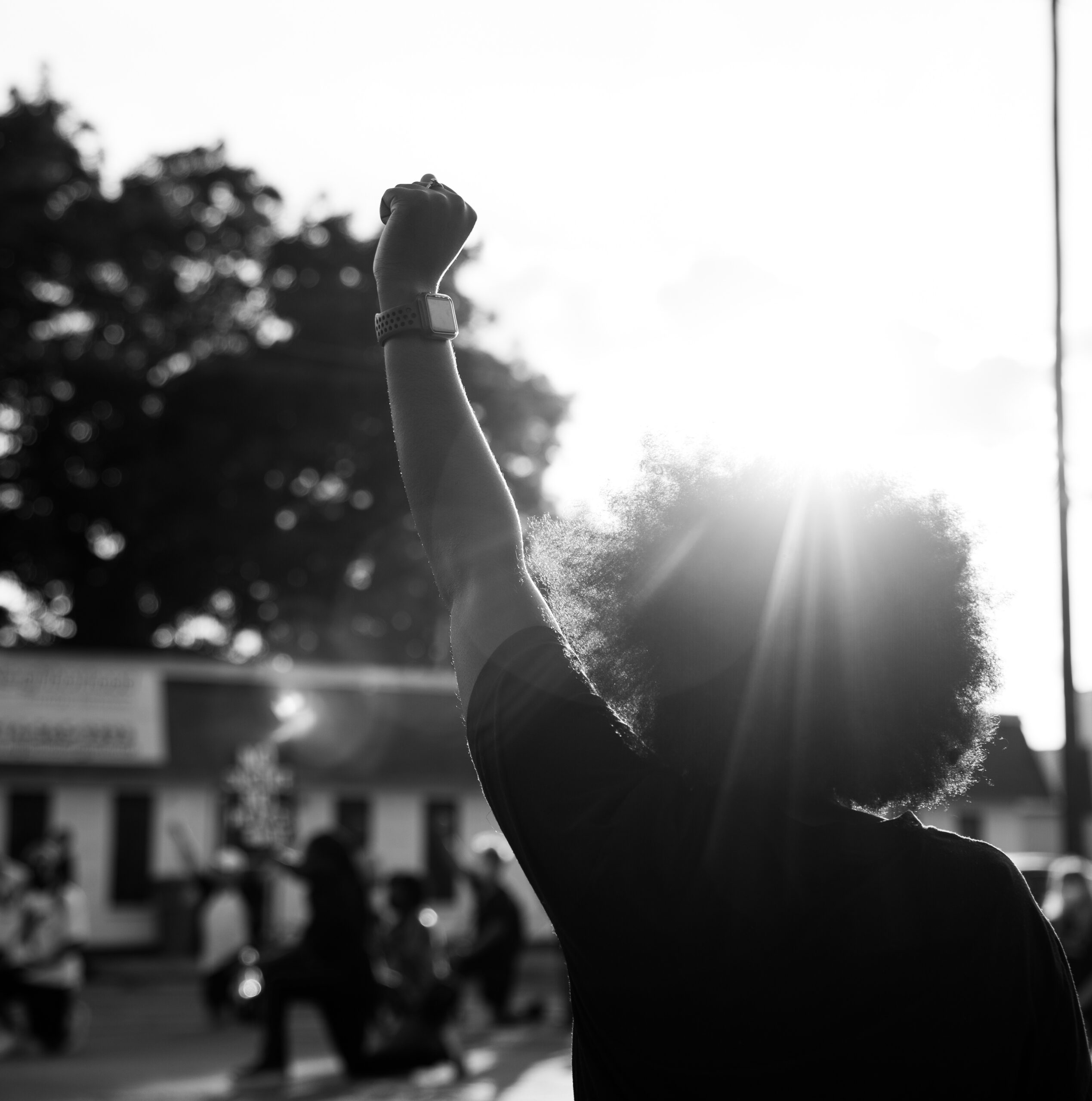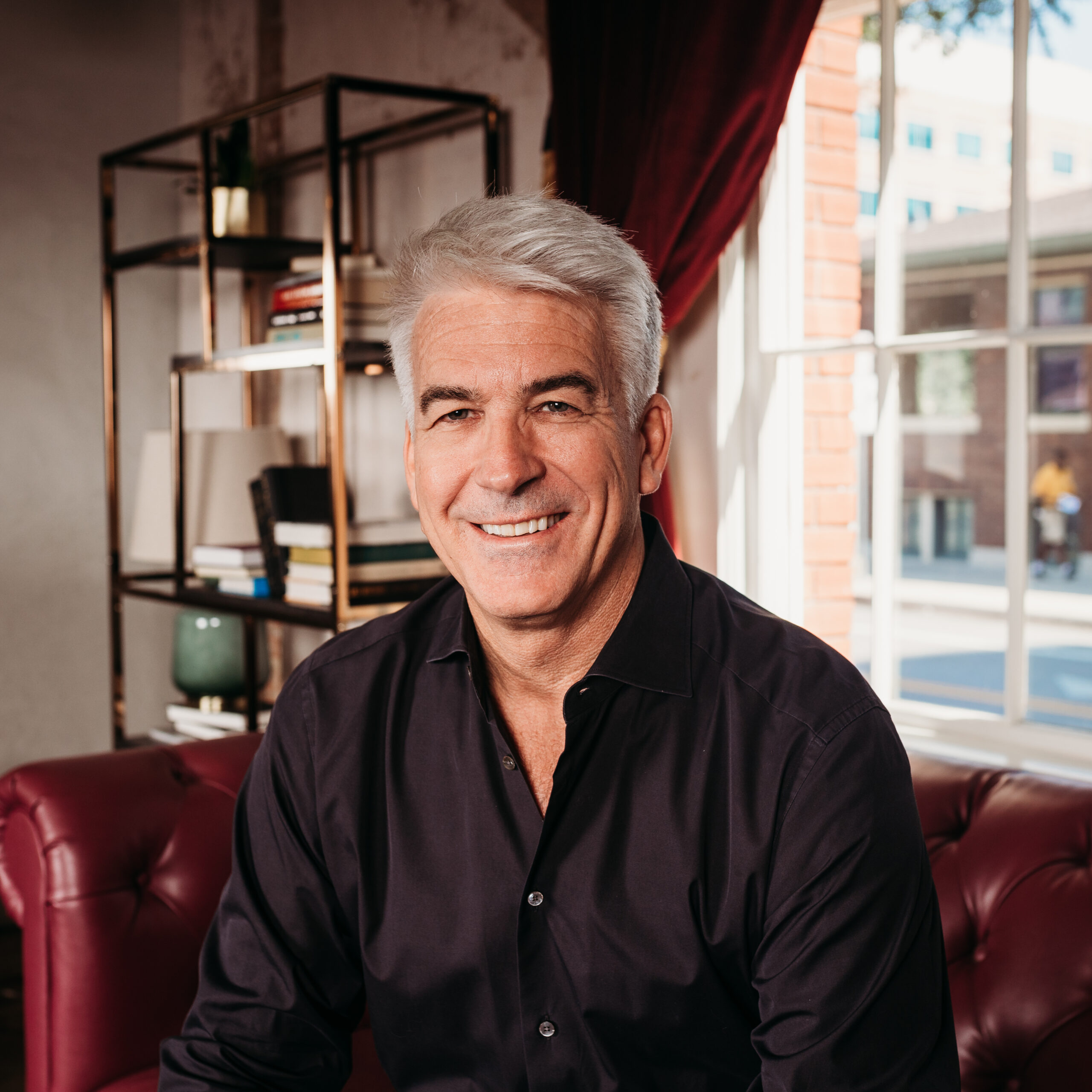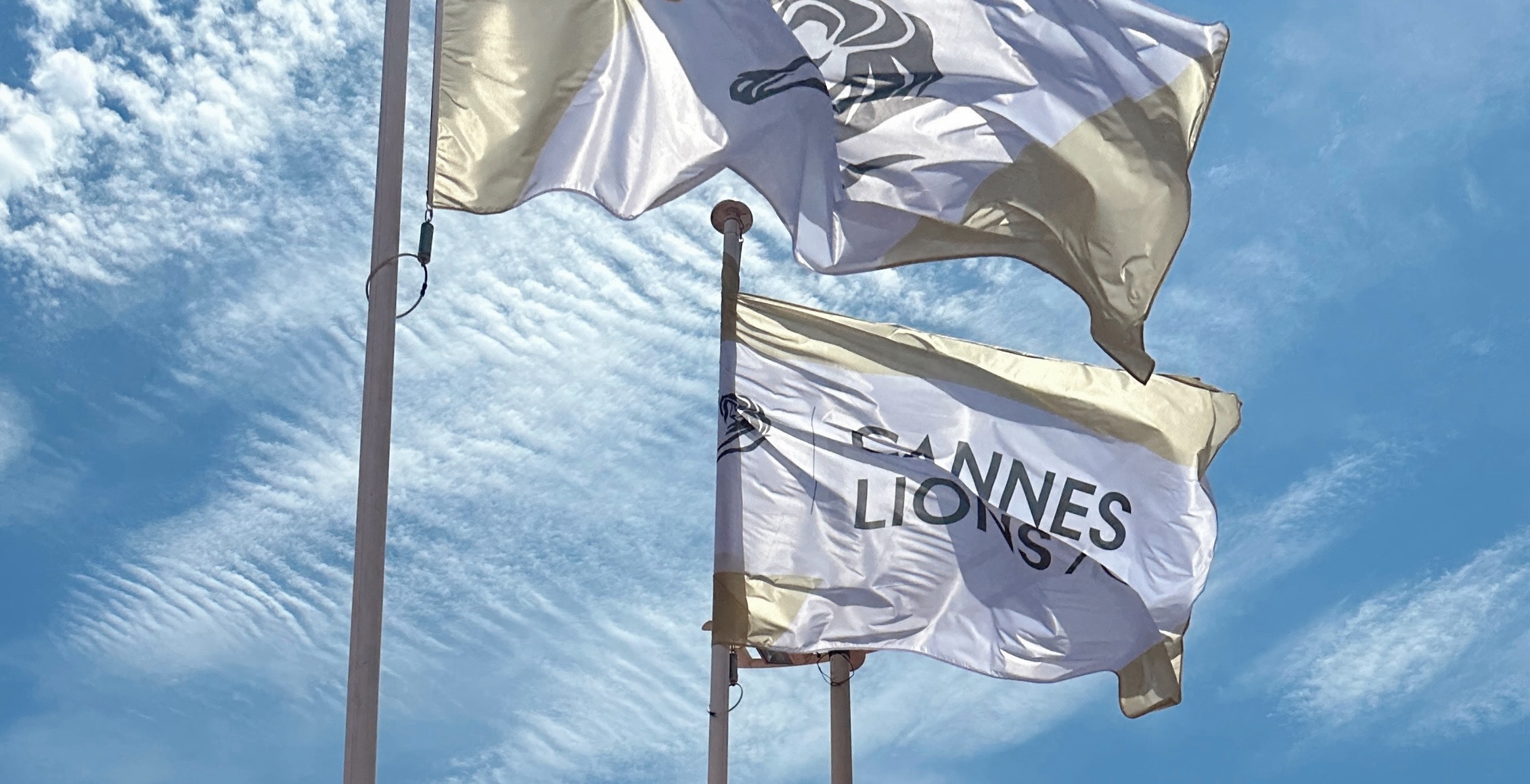7 Strategies for Responding to Racial Injustice

By Lauren Whiteman, Agency Communications Specialist
It should not be controversial to state that Black Lives Matter. Yet we find ourselves, once again, in the midst of Black Lives Matter protests sweeping the nation, as Black Americans navigate frustration, grief, and trauma to raise attention to police brutality, systemic racism, and widespread inequity.
The killings of unarmed Black men, women, children, and transgender people by police and vigilantes have been broadcast in mainstream news and on social media in the United States for years. Trayvon Martin, Michael Brown, Tamir Rice, Sandra Bland, Eric Garner, Terence Crutcher, Atatiana Jefferson, Philando Castile, Rekia Boyd, and more recently, Breonna Taylor, Tony McDade, Ahmaud Arbery, and George Floyd are just a few of the names in public consciousness, though there are many we might never know.
It should go without saying, this practice is unacceptable.
Fueled by the prevalence of social media — and perhaps by the lack of typical distractions, which have been put on hold by the COVID-19 pandemic — the scale of the demonstrations means agencies and brands can no longer sit on the sidelines. But even now, involvement is overdue. As companies have mobilized to respond, some have been met with fanfare and others with scorn.
By thinking compassionately, creatively, and strategically, agencies and brands can create messaging that not only responds to the current crisis but also bolsters the loyalty, well-being, and support of their stakeholders.
Here are seven ways agencies and brands can build authentic responses that resonate and make an impact when responding to racial injustice:
1. Check on your people.
Agencies and brands are able to do the work they do because of the people they employ. During crisis response, their people should be their first priority. Teams should check in with their Black colleagues compassionately and empathetically. For colleagues that you already have a connection with, asking questions such as “How are you, really?” conveys a sense of care.
For others, a great option is to check in without pressuring for a response. “If there is anything I or the team can do, please let me know. No need to respond, I just wanted you to know I am available to support as necessary.” These conversations may feel uncomfortable, but when done well (and without making attempts to be seen as someone who “completely understands”), colleagues can walk away from those conversations feeling seen, valued, and supported. If done poorly, companies risk losing diverse talent, buy-in, and possibly money.
The lack of indictments and convictions for these murders has burdened many Black and African Americans with a constant state of alert. The sense of danger, up to and including violence or death based on the color of their skin, intensifies with each hashtag.
Encourage employees to take advantage of mental health or other relevant resources your company provides. Organizations should also consider allocating time off or time redirected. This could include personal days that don’t count against time accruals, temporarily redistributing assignments, setting aside time for town halls, and blocking off time for people to learn more about the topics of race and racism, police brutality, diversity, equity, and inclusion. One day in itself won’t make a substantial change, but it can convey the urgency of starting the necessary learning process. Consider providing employees a resource library with reading, audio, and visual materials to assist in the learning.
Pay particular attention to your diversity officers or champions during this time. While we often tout the beauty and value of diversity as a business strategy, the work can feel difficult, heavy, and sometimes even lonely.
2. Make intentional and authentic statements.
As teams are making personal contact with their Black colleagues, agencies and brands should simultaneously be working on their internal and external statements. Employees may not say anything, but they’re waiting. External audiences are less likely to wait quietly, but they are taking notes on who is and isn’t getting involved. These statements should reaffirm who you are as an agency or brand or establish the type of agency or brand you would like to become.
When crafting the messaging, organizations should go back to their values and priorities in the area of diversity, inclusion, and equity. Who are you as a company? What do you stand for? How can you promote this broadly? Lay out a plan, even if only initial steps are available. Promote petitions that relate to your agency’s priorities or clients. The statements should be active in nature. Institutional responses that offer nothing more than platitudes will draw the ire not only of your audience but of your employees as well.
Leadership should be clear in these messages. Call out racism and police brutality by name, and take a firm stance against them. Acknowledge that the pain and suffering are distributed unequally in these situations. Take steps to establish your brand as a group that not only isn’t racist but is also, as Angela Davis says, firmly anti-racist. Agencies and brands should challenge colleagues to engage in allyship and accompliceship in a way that moves them from merely existing as sympathetic bystanders to producing work and utilizing hiring and promotion practices that reflect these stances.

3. “Open your purse.”
A vital component of an agency’s or brand’s response involves putting their money where their mouths are. Don’t just wish for a better world; take an active role in contributing to one. Values and D&I priorities can help inform donation decisions effectively and efficiently. Leadership should consider reaching out to Black employees to help determine which organization(s) to support. Employee resource groups and company initiatives are valuable partners in these decisions and are likely already engaged in this way. Work with them to find the best fit for donations and, if possible, hands-on service.
4. Revisit your diversity and inclusion strategy for the long term.
Company-wide statements are just the springboard for quality crisis responses. Gone are the days when a company could respond to racism once and not have to think about it again until the next hashtag causes a wave of protests. Audiences, consumers, and employees are calling on everyone to have viable, long-term strategies for diversity and inclusion.
Agencies and brands must be as intentional about diversity and inclusion strategy as they are about brand strategy. D&I is not a side project but a well-thought-out, in-depth approach that moves all company goals forward and affects the bottom line.

5. Representation matters.
Brands can also use this time to evaluate areas for growth in making diverse casting and hiring decisions. The stories we tell should reflect more aspects of the world we live in. For brands and organizations that have not been intentional about this before, this can feel like pandering and an awkward time to start. But there is never a wrong time to do the right thing. Acknowledging and committing to the steps that need to be taken in these areas will position brands as entities committed to growth as opposed to entities that are inauthentic and attempting to save face.
6. Shift client and partner paradigms.
If brands can target Black and African Americans to market their entertainment, goods, and services, those same brands can focus their support on Black and African Americans. Agencies should help brands develop a lens through which they can create the right messaging and outcomes for their Black audiences while remaining true to brand identity. Brands can begin by evaluating how they can show up for their consumers and their people, what initiatives they can commit to, and where they can donate.
In a time when anybody can be called to the carpet publicly for the world to see, being authentic and reciprocal is essential.

7. Be prepared.
As organizations work through each of these steps, they should prepare for the questions and comments that will follow. Some will disagree with the decision to take a stand against racism. Others will imply that they should steer clear of conversations surrounding racism and police brutality. But for many Black employees, there will be additional concerns.
Companies can issue firm statements, make donations, and revisit their long-term D&I strategies, but if they do not address the hiring, retaining, promoting, and compensation of their Black employees, they will still be missing the mark. This has been made abundantly clear as brands make creative and moving statements only to be called out for not being diverse themselves. While businesses and brands speaking up in light of the extrajudicial murders of unarmed Black people is a nice gesture, it rings hollow if those speaking up won’t hire, promote, or pay them equitably.
Saying “Black Lives Matter” means nothing if companies aren’t willing to show up for the lives of their own Black personnel.
What’s next?
Like many things in our industry, discussing race and racism is a skill that must be developed over time for the wellbeing of our communities and our work. As our Black colleagues continue to grapple with the realities of what it still means to be Black in America, the organizations they belong to and support should be open and vocal in their support.
Social unrest will continue to happen in waves. As marketers, we should be tracking trends to have a deep understanding of how to respond and prepare our clients. And as humans, we should be maximizing the ways in which we’re able to impact society for the better.
What is TMA doing?
TMA is committed to taking a stand against racism, injustice, and inequality. In support of this, TMA provided employees with a multimedia resource library to help facilitate education on these crucial topics and allocated time during the workday for education and self-reflection. We will continue these conversations during our upcoming town hall and by accelerating the rollout of our agency-wide Unconscious Bias trainings. Additionally, TMA is making a $30,000 donation to be allocated among Color of Change, The Marsha P. Johnson Institute, and The Loveland Foundation, which were selected by leaders of Discover_TMA, TMA Cares, and the TMA Women’s Initiative. These national nonprofits work to enact policy change, support the Black transgender community, and promote the empowerment of Black women and girls. We’re not perfect, but we’re committed to doing the work and getting this right at TMA.
[The photos in this post were taken by Michael Lark, @themichaellark]


